Masterclass Tutorial -How to make Roti virtual workshop
Roti-making is an art and one that is taught by the mother to her daughter over a period of years. This is an opportunity to see and to learn how we are taught as young girls.
We normally only teach this in our full day ‘Indian Experience’ cookery workshop. While these workshops are postponed for a short while, we are going to run a ONE-OFF virtual workshop on ‘how to make Roti.
This will be a tutorial. You will be taken step-by-step through the process, giving you a close-up view as we make the atta (dough), the pera (round ball of dough), and roll out the Roti. Full preparation instructions for set up, and ingredients required to be ready, will be emailed prior to the workshop date. This is not for observers, but for those who wish to actively learn and try their hand at making this Eastern flatbread.
We currently only have plans to run one virtual workshop as we will resume our teaching of this in our main full-day workshop. This is a one-off time-limited workshop so book your place now. If chapatti flour is difficult for you to obtain, you may add a trial size sachet to your purchase now.
One date only is scheduled – Saturday 13th June
We do not normally accept caterers, however we will allow selected caterers by application/invitation. Please contact us for T&C’s
NO postage of Roti sachet AFTER Wednesday 10th June for the cook-along. LOCAL Collection only up to midday Saturday 13th.

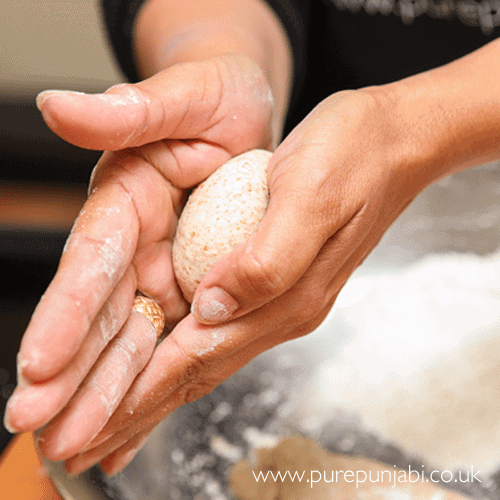
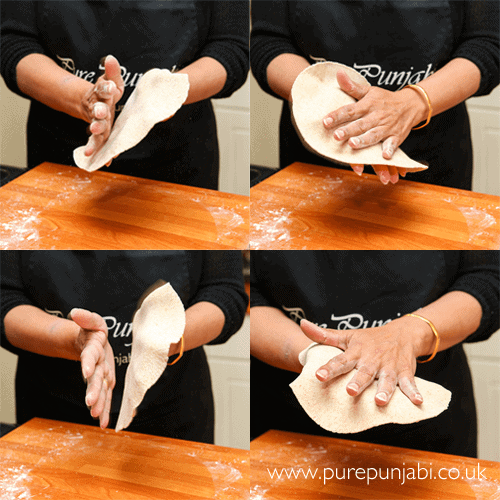
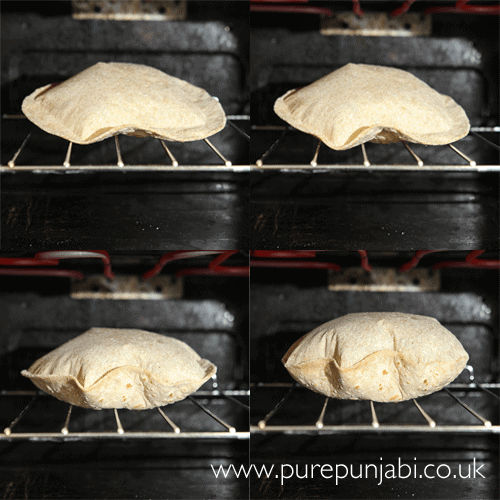
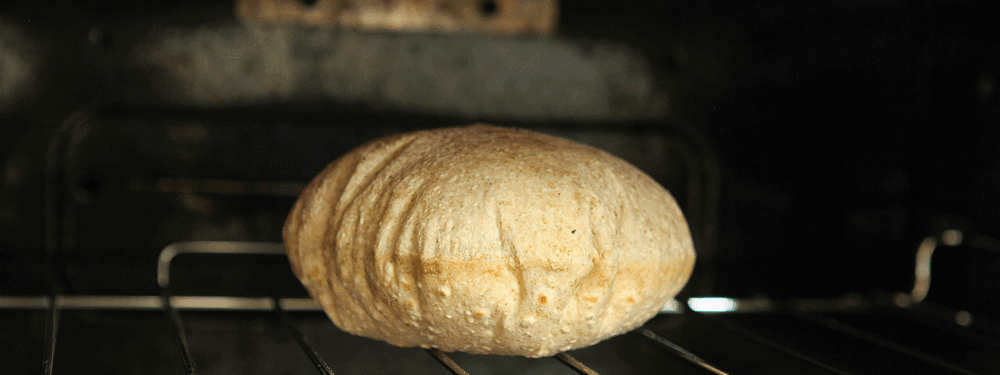









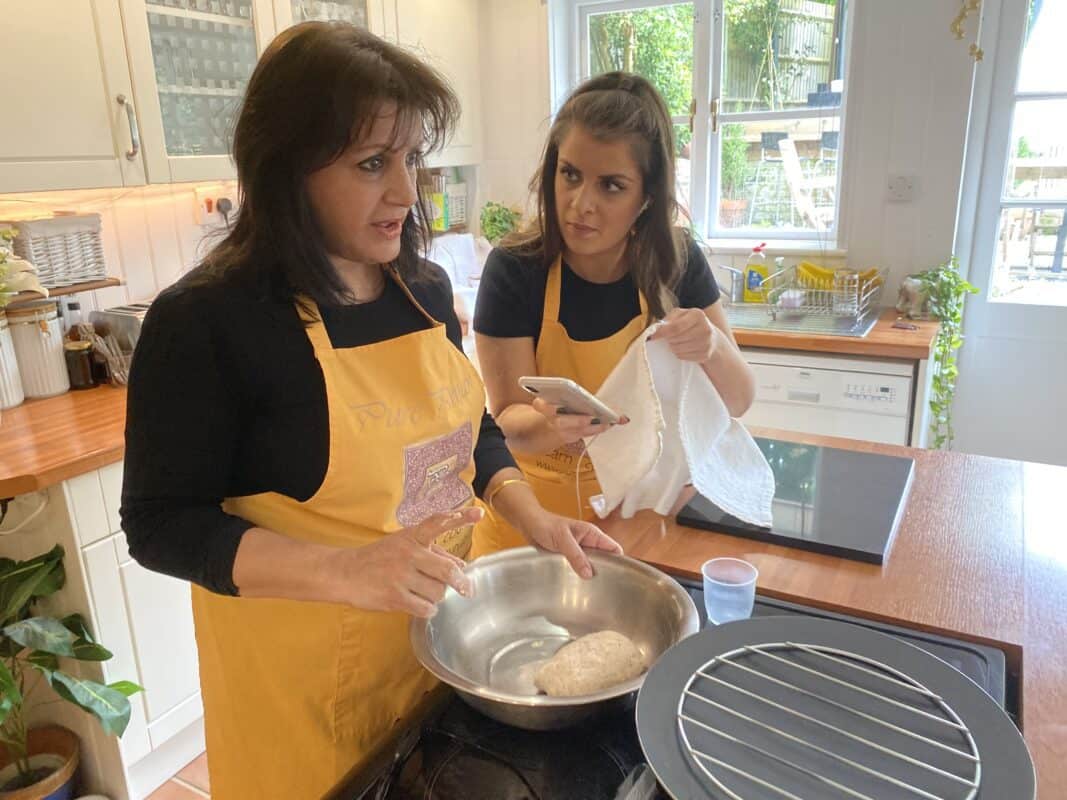








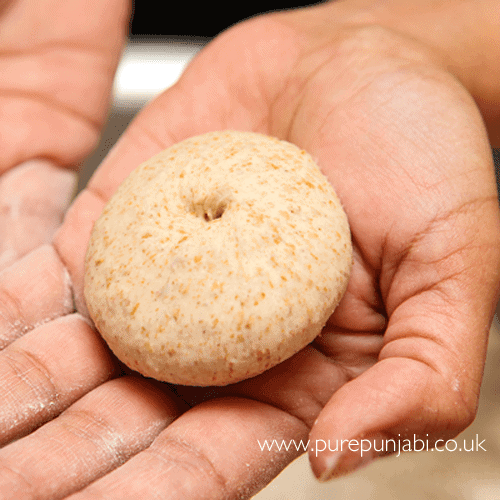

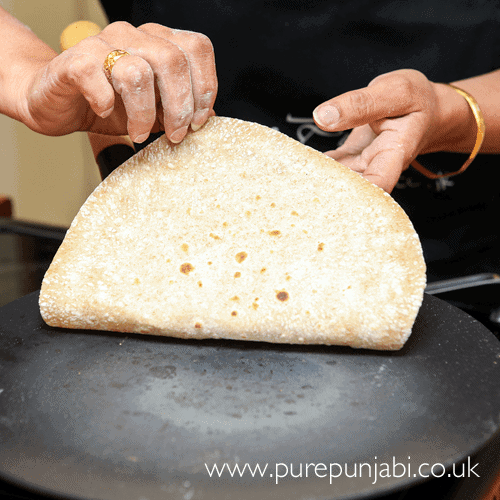


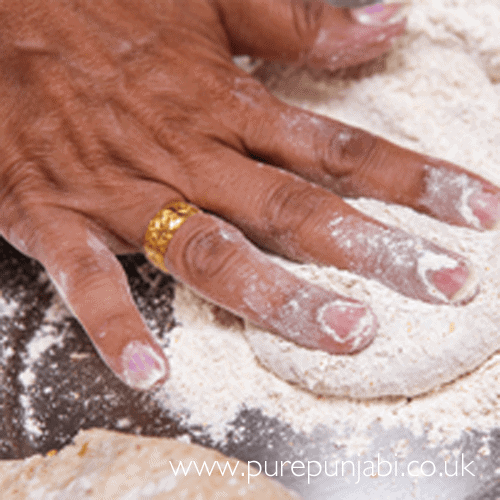











Reviews
There are no reviews yet.